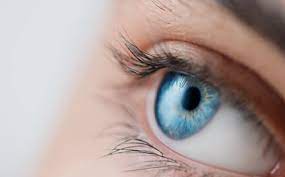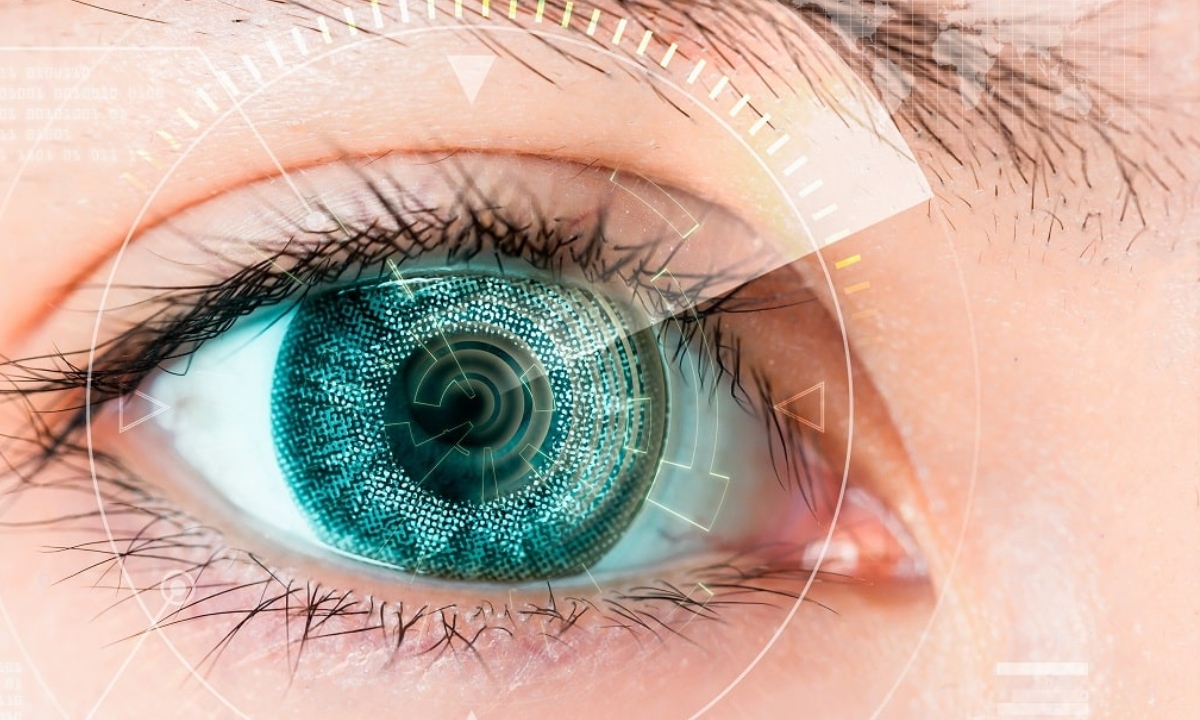The function of the lens of the human eye lies in receiving external light rays and focusing them on the point of the retina. One of its most important specifications is that it is transparent, and if it becomes opaque, then it suffers from cataract disease, and thus it needs to undergo surgery until it is removed, and the implantation of a new artificial lens called ICL.
Is implantation of lenses ICL safe?
implantation of lenses is safe and has many advantages. The most important of them is that the artificial lenses are fixed, and you do not have to take them off and install them continuously like contact lenses.
The process of implanting artificial lenses is very safe, and does not lead to vision impairment caused by cataract glasses.
Lens implantation improves vision without the use of eyeglasses. However, most patients must wear reading glasses after lens implantation.
What is ICL implantation?
An implantable lens (ICL) is an artificial lens that is permanently implanted into the eye. The lens is used in the treatment of:
- nearsightedness.
- Farsightedness.
- Astigmatism.
ICL lens implantation requires surgery. The surgeon places the lens between the eye’s natural lens and the colored iris. The lens works on the lens in the eye to bend (refract) light onto the retina, resulting in clearer vision.
What is the ICL lens made of?
The ICL is made of plastic and collagen called a collagen. It is a type of lens inside the eye. Phakic refers to how the lens is placed in the eye without removing the natural lens. Although ICL surgery isn’t necessary to correct vision problems, it can eliminate or reduce the need for eyeglasses or contact lenses. It is also a potential alternative for people who cannot have laser eye surgery. But like most procedures, ICL surgery isn’t right for everyone.
Cataract Surgery, Do you have Cataract?
Details of the ICL procedure at the Royal Spanish Eye Center
You will visit your ophthalmologist a week before the surgery. Doctor use A laser to make small holes between the front of the eye (anterior chamber) and the natural lens. This will prevent pressure and fluid in the eye after the operation.
You may also be given antibiotics or anti-inflammatory eye drops several days before surgery.
The Center make The operation easily In general, here’s what happens:
1- You lie on your back.
2- Get a local anesthetic for the eye.
3- You may be take a sedative. To help you relax.
4- The surgeon cleans your eyes and the area around them.
5- He opens your eyelids with a tool “lid speculum”.
6- The surgeon will make a small incision in your eye to place a lubricant to protect the cornea.
7- Doctor insert The ICL through the incision. The lens is very thin, so it may bend and then open into the eye.
8- The surgeon will remove the lubricant. Depending on the incision, they may close the opening with small stitches.
9- They will put drops or ointment in the eye, then cover it with an eye patch.
How long does the process take?
The process takes 20 to 30 minutes. Then, you’ll go to the recovery room for a few hours’ follow-up. And you get analgesic drops or analgesic tablets. Then you will return home the same day. Then she comes to the Royal Spanish Center for follow-up the next day. Where the surgeon examines your eyes and follow up the condition. Within one to six months, you will visit the center for regular follow-up.
Is Lasik Safe? does it have side effects?
Cases that do not fit with ICL lens

- pregnant or breastfeeding.
- They are under 21 years old.
- She is 45 years old or older.
- You have a chronic disease that causes hormonal fluctuations.
- Are taking medications associated with vision changes.
- You have a condition that prevents wounds from healing properly.
- It does not meet the minimum requirements for the number of endothelial cells.

